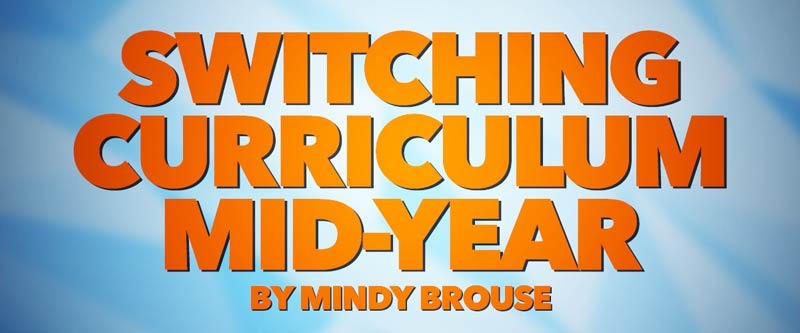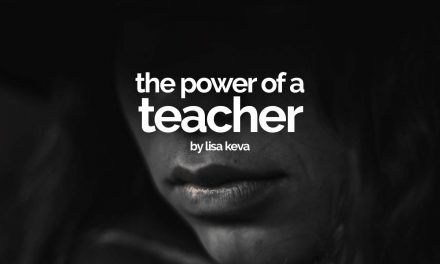I looooove seeing parents choosing to homeschool gifted readers. At home, you can really nourish a child’s gifts and give them room to expand.
These kids need brain food! They need to keep the content coming. Push them to explore outside their areas of interest in the name of being well-rounded. When you finish one level of a program, move right into the next, no matter the time of year. Take breaks but do not stop their learning process. Provide opportunities for them to push their boundaries, even when it is uncomfortable, as in the following case.
Being gifted in language arts skills, for example, can pose unique challenges. Recently I spoke with a mom of a 6-year-old reading at a 5th grade level. I asked, “How is their handwriting?” Often, a student like this is using a pencil like a typical 6-year-old, and they do not like it. Imagine you are good at everything when it comes to learning, and then something trips you up. You feel frustrated, inadequate, disappointed. How dare your little hand not be as fast as your brain! Add the perfectionist trait of if I am not good at something the first time, I don’t like that thing, and you have a challenge. The trick is to lessen the gap between their reading and their writing.
Methodically working on handwriting is a way to help the student write faster. They want to write faster and are frustrated when they can’t. Patience is involved in this one, but once a child knows how to form letters, you can bring in spelling words and treat them as handwriting practice. Often the child is an advanced speller as well. Combining something uncomfortable (penmanship) with something comfortable (spelling) makes it more appealing and reinforces spelling skills. If their brain is processing spelling words so fast that they don’t have to think about it, forcing them to notice patterns or parts of words (stems, prefixes, plurals, etc.) as they write. Writing fluency comes with practice. With fluency comes speed, and maybe even cursive!
What if you have an avid reader? Now no one is going to tell a child to stop reading so much. Well, if it’s within reason. But there is a way to make a lateral move. The risk of our 6-year-old reading something they are ‘able’ to read but not mature enough to process is a big one. Move her up a bit and imagine a 9-year-old reading books intended for high school students. You have themes of war, violence, relationships, etc., that cannot be removed once in their imaginations. They simply do not have the framework yet. I have an option for you: go lateral. Let’s say you are fine with your 9-year-old reading books up to an 8th grade level or so (even though they can read and comprehend beyond this). Look sideways. Read science topics like animals, engineering, or weather and social studies topics like biographies, geography, and world cultures.
By reading laterally, perhaps 2 or 3 levels ahead of grade, and building speed in their handwriting, you are making the gap smaller between what they can do easily and what they have to work at. The result is less frustration and a more methodical approach to learning new content. But don’t fool yourself, slowing these kids down is not the goal here. You want to bring up their age-level skills to their brain-ability skills. You will have to keep the content coming ALL. THE. TIME. It’s like feeding a bottomless pit. You give them a book and the next day ask, “What else you got?” Your job is to keep the information coming in a way that is safe and interesting. They will set the pace; you just have to keep up. ~ Sara





